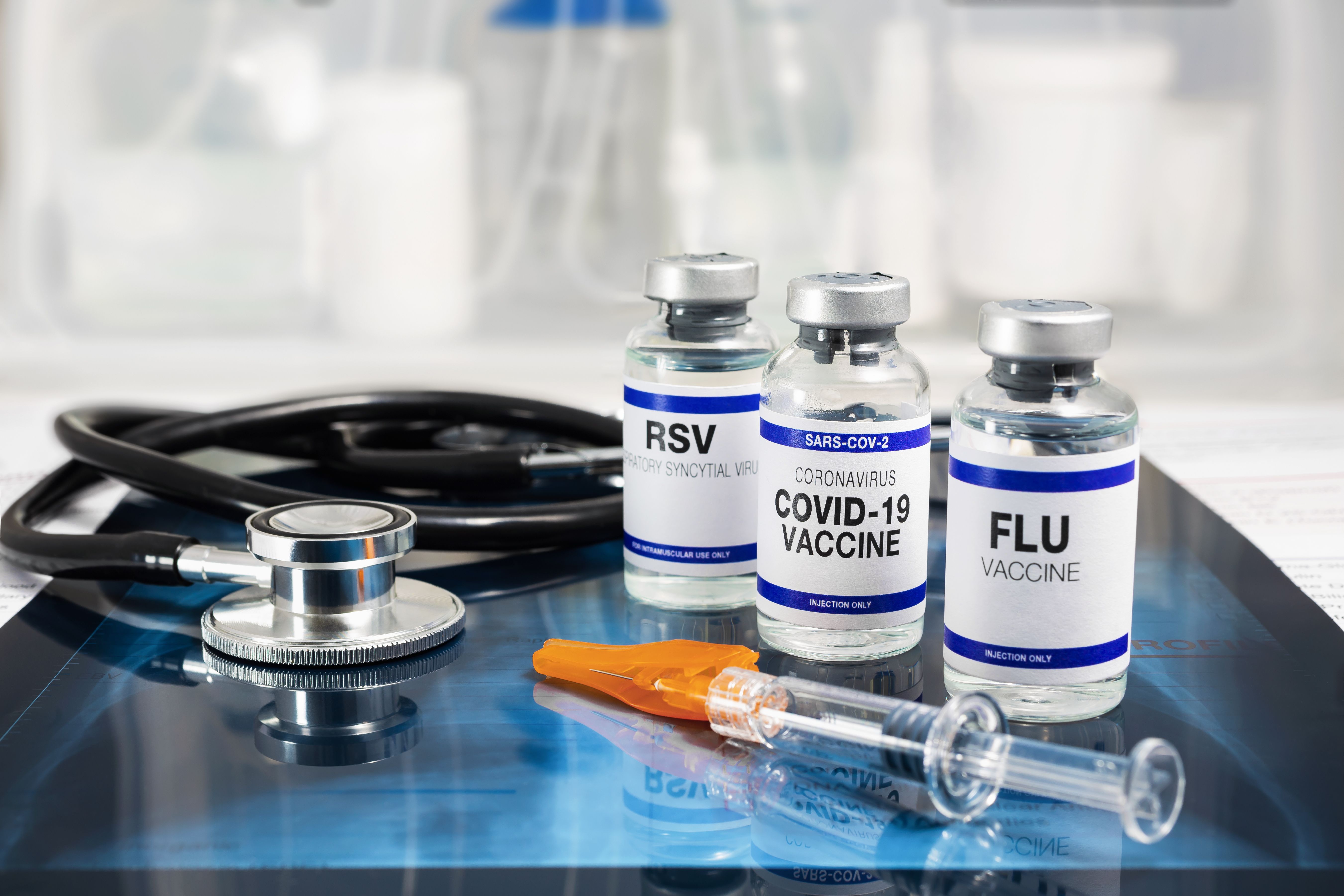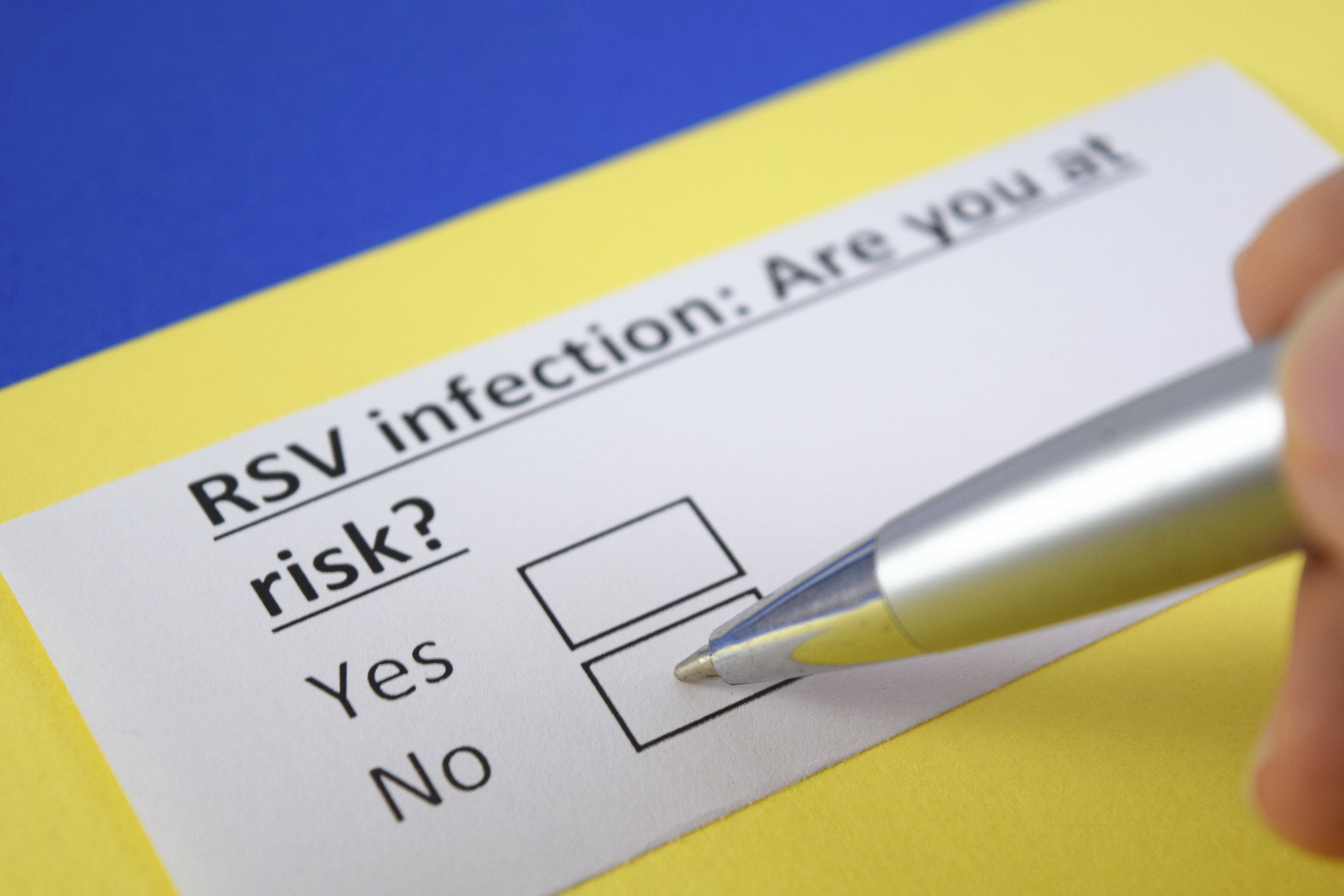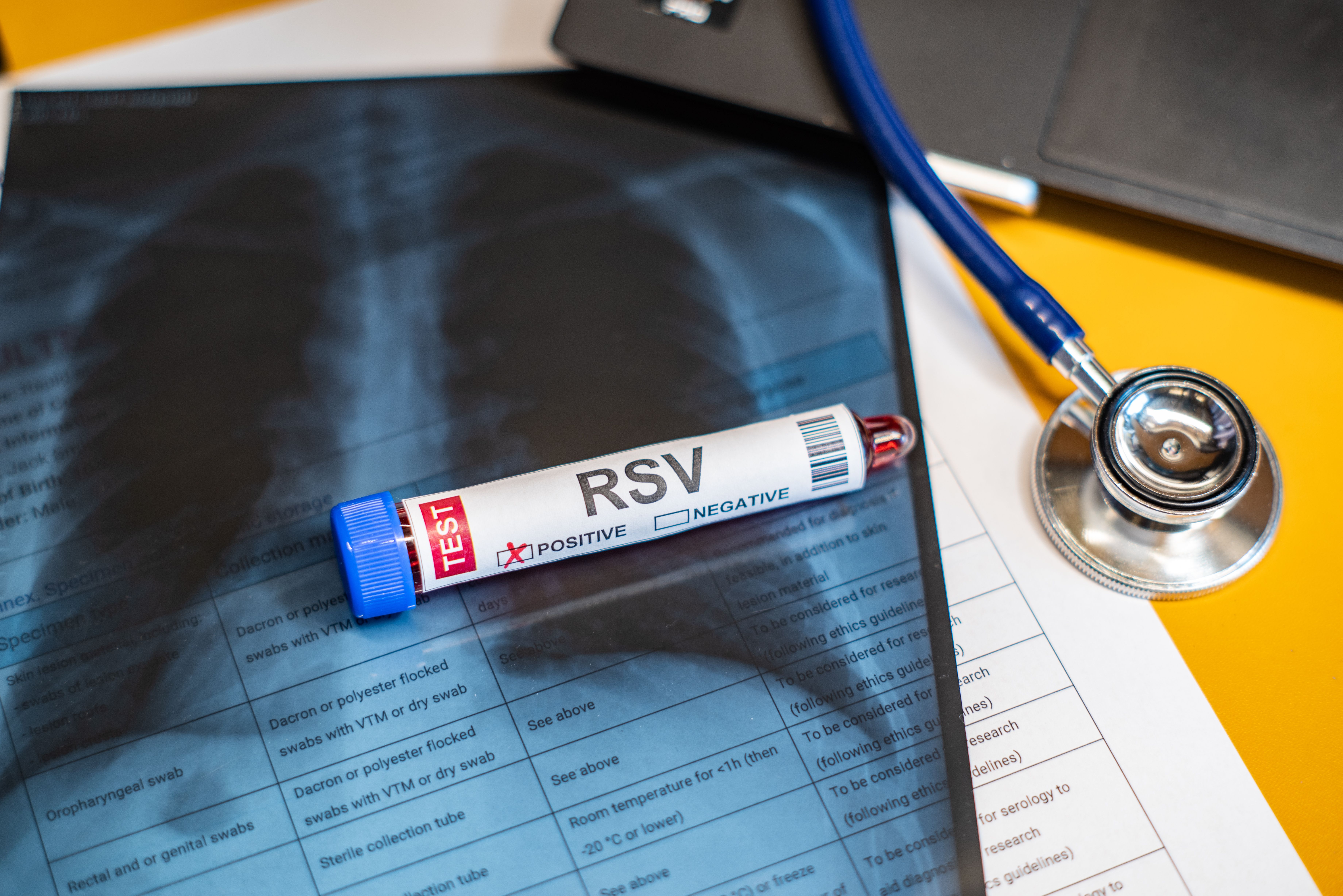Article
High Levels of RSV Linked With Respiratory Infections Detected Right Before the Pandemic
Author(s):
The incidence of respiratory syncytial virus (RSV)–positive acute respiratory infection (ARI) was found to be significant in the period prior to the COVID-19 pandemic in older adults.
The burden of respiratory syncytial virus (RSV)–positive acute respiratory infection (ARI) during the period prior to the COVID-19 pandemic was substantial for older adults, according to a study published in JAMA Network Open.
The findings were consistent with prior research that covered different seasons and areas, said the authors.
RSV-positive ARI is linked to significant morbidity and mortality in older adults, with approximately 1.5 million estimated episodes of RSV-positive ARI in those aged 65 years and older in 2015. However, prospective community-based studies have not been conducted to assess incidence of RSV-positive ARI in this population since 2003. This study aimed to determine the current incidence and long-term outcomes of RSV-positive ARI in adults aged 65 years and older compared with a control group of adults aged 50 to 64 years.
Adults aged 50 years and older were enrolled from southeast Minnesota from July 23, 2019, to November 27, 2019, for a prospective cohort study. Participants had a primary care physician at Mayo Clinic, had authorization to use medical records for research, and had written consent. Participants were excluded if they opted out of the swab test; had developed ARI after October 1, 2019, but before enrollment; could not walk; had known cognitive impairment; or if it was not believed that they could complete the requirements of the study.
The prepandemic period was considered as the period from October 1, 2019, to April 30, 2020, where RSV was partially affected by COVID-19; the pandemic RSV season was defined as from October 1, 2020, to April 30, 2021, where RSV was completely affected by the COVID-19 pandemic.
There were 2325 participants with a median (range) age of 67 (50-98) years; they were 59% female and 96% non-Hispanic White. The median Charlson Comorbidity Index was 1 (0-9) and 53% of the participants had received pneumococcal vaccinations before this study.
A total of 40% of participants had developed 1126 ARI episodes in the prepandemic RSV season. Only 2.5% had RSV-positive ARI, 1.3% of which were caused by type A and 1.1% caused by type B. Incidence rate of RSV-positive ARI per 1000 person-years was 48.6 (95% CI, 36.9-62.9) and attack rate was 2.5% (95% CI, 1.9%-3.2%). Age- and sex-adjusted incidence rate of RSV-positive ARI was 50.2 (95% CI, 36.5-64.0).
There were 212 ARI episodes reported from 9% of the participants during the pandemic RSV season, but all were RSV-negative cases. The pandemic non-RSV season saw 13% of participants reporting 219 ARI episodes, with only 5% being RSV-positive. Incidence rate of RSV-positive ARI was 10.2 (95% CI, 2.1-21.1) and attack rate was 0.42% (95% CI, 0.17-0.86) in this period.
Lower respiratory tract disease (71%) and severe ARI (97%) were more likely in RSV-positive ARI episodes compared with RSV-negative ARI episodes (55% and 87% respectively). Incidence of hospitalization was 0.84 (95% CI, 0.02-4.61) and attack rate was 0.04% (95% CI, 0.001-0.24).
The researchers found that participants who had RSV-positive ARI were more likely to have role limitation from physical health, lower energy level, and decreased social functioning in short-term outcomes. Lower energy level, decreased social functioning, and role limitation due to emotional problems were found to be intermediate and long-term outcomes measured.
The study had a few limitations. Results were based on a single RSV season due to the COVID-19 pandemic. There were changes in proportion of tested patients before and after the pandemic. There was also a lack of an assessment for short-term outcome measures. Other medical events after RSV-ARI were not considered in the assessment of intermediate and long-term outcomes. The participants were primarily White, which could limit generalizability.
Reference
Juhn YJ, Wi C-I, Takahashi PY, et al. Incidence of respiratory syncytial virus infection in older adults before and during the COVID-19 pandemic. JAMA Netw Open. 2023;6(1):e2250634. doi:10.1001/jamanetworkopen.2022.50634




